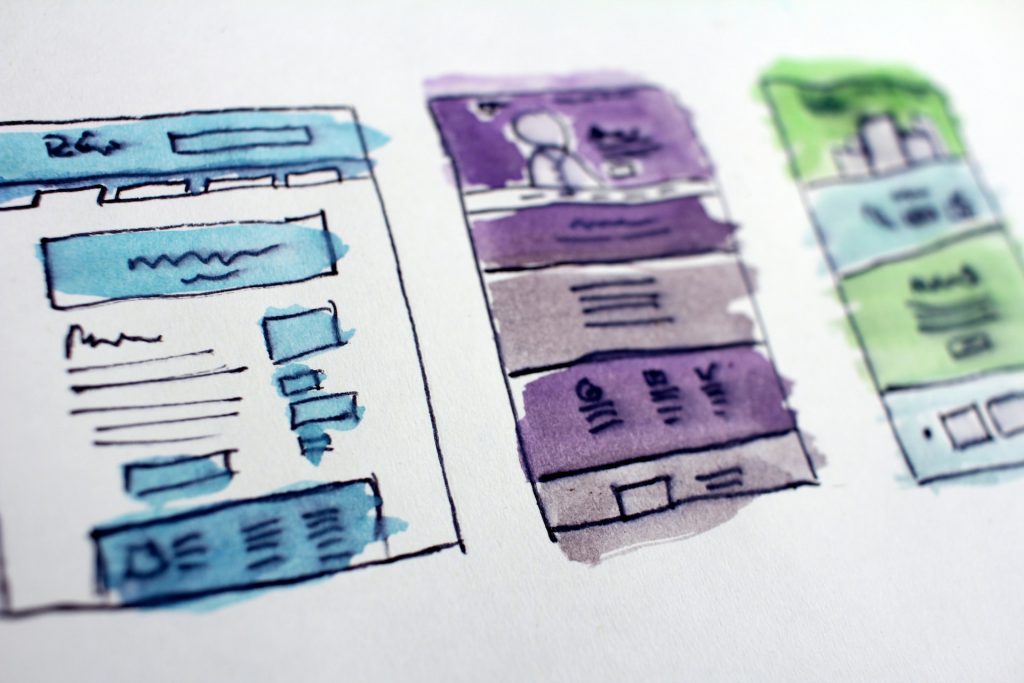
GUEST POST from Art Inteligencia
Design thinking is a powerful tool that has transformed the way organizations approach problem-solving and innovation. It is a human-centered approach that encourages empathy, collaboration, and experimentation to create innovative solutions that meet the needs of users. By focusing on understanding and addressing user needs, design thinking has proven to be highly effective in driving innovation across various industries.
Case Study 1: Apple’s Success with the iPod
Apple’s success with the iPod exemplifies the power of design thinking in driving innovation. In the early 2000s, Apple identified a gap in the market for a portable music player that offered a seamless and intuitive user experience. Instead of relying solely on technological advancements, Apple’s design thinking approach centered on understanding user needs and pain points.
Apple invested in extensive user research to understand not only the technical aspects of music players but also the emotional connection users had with their music. This research led to the development of a simple, elegant, and user-friendly interface that made accessing and organizing music effortless. The design thinking approach propelled Apple’s innovation in the music industry, revolutionizing how people listen to music and turning the iPod into a cultural phenomenon.
Case Study 2: Airbnb’s Disruption in the Hospitality Industry
Another example that showcases the power of design thinking is Airbnb’s disruption in the hospitality industry. When Airbnb founders Brian Chesky and Joe Gebbia struggled to pay rent, they identified an opportunity by considering the design needs of travelers and home-sharing hosts. They realized that traditional accommodations did not always meet the needs and desires of travelers, while many people had underutilized spaces in their homes.
Drawing on the principles of design thinking, Chesky and Gebbia conducted extensive user research to understand the pain points and desires of both travelers and hosts. By empathizing with their users, they created a platform that provided unique, authentic travel experiences while enabling hosts to monetize their unused spaces. This innovative approach led to Airbnb’s rapid growth and its disruption of the hospitality industry, challenging traditional hotel chains and inspiring the proliferation of the sharing economy.
In both cases, design thinking played a critical role in driving innovation. By putting the user at the center of the design process and empathizing with their needs, Apple and Airbnb were able to develop solutions that transformed their respective industries.
The power of design thinking lies in its ability to foster a culture of innovation within organizations. It encourages collaboration, iteration, and experimentation, allowing teams to explore and test multiple ideas before arriving at the optimal solution. By integrating design thinking into their processes, organizations can unleash the creativity of their employees and develop innovative solutions that truly address user needs.
Conclusion
Design thinking is a powerful approach that drives innovation by putting people and their needs at the forefront. Through empathy, collaboration, and experimentation, organizations can create transformative solutions that disrupt industries and revolutionize user experiences. The case studies of Apple with the iPod and Airbnb in the hospitality industry serve as compelling examples of the power of design thinking in driving innovation. By embracing this approach, organizations can harness the full potential of design thinking to unlock new possibilities and create a better future.
EDITOR’S NOTE: Braden Kelley’s Problem Finding Canvas can be a super useful starting point for doing design thinking or human-centered design.
“The Problem Finding Canvas should help you investigate a handful of areas to explore, choose the one most important to you, extract all of the potential challenges and opportunities and choose one to prioritize.”
Image credit: Unsplash
![]() Sign up here to get Human-Centered Change & Innovation Weekly delivered to your inbox every week.
Sign up here to get Human-Centered Change & Innovation Weekly delivered to your inbox every week.
Pingback: Design Thinking as a Catalyst for Radical Innovation | Human-Centered Change and Innovation